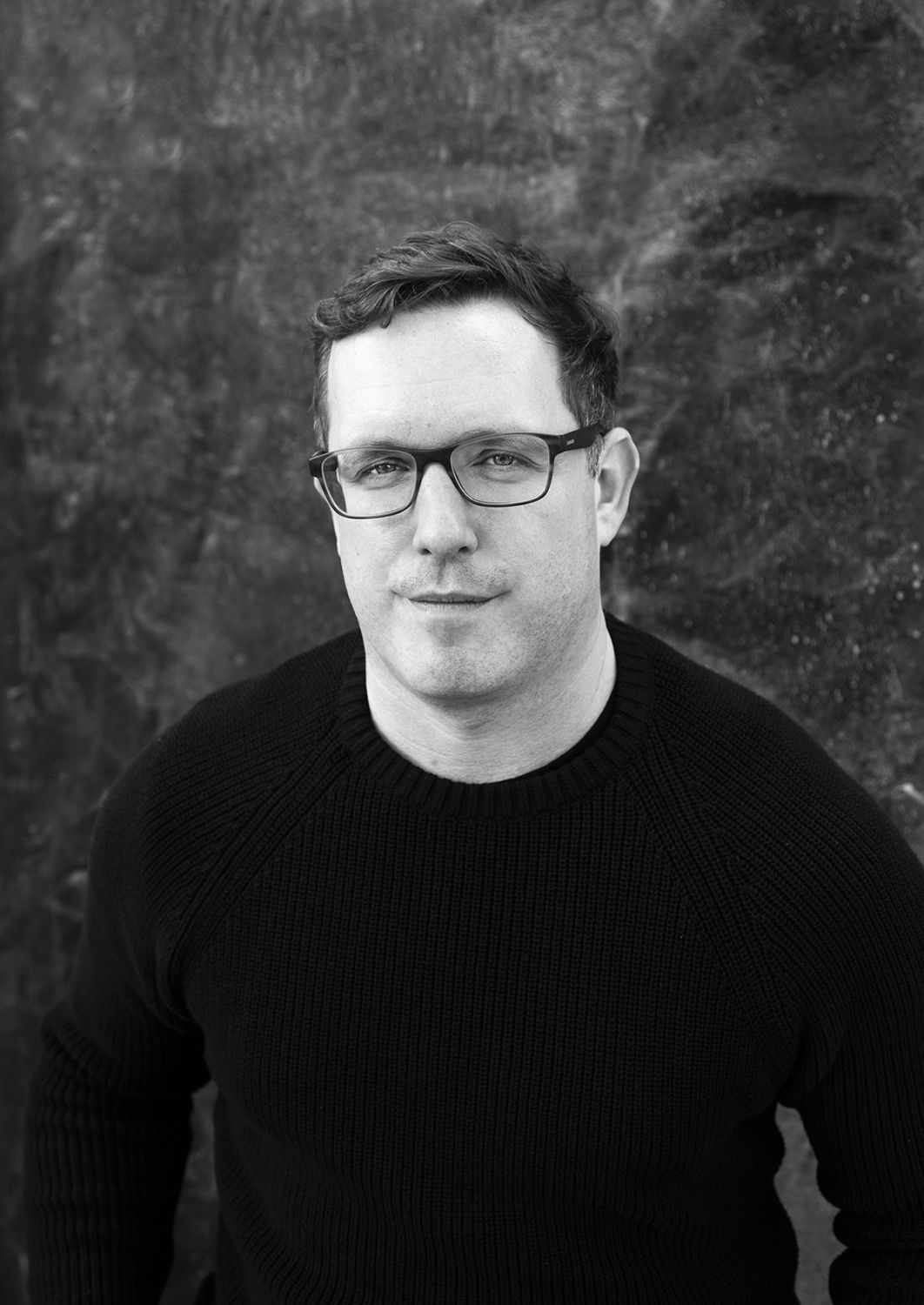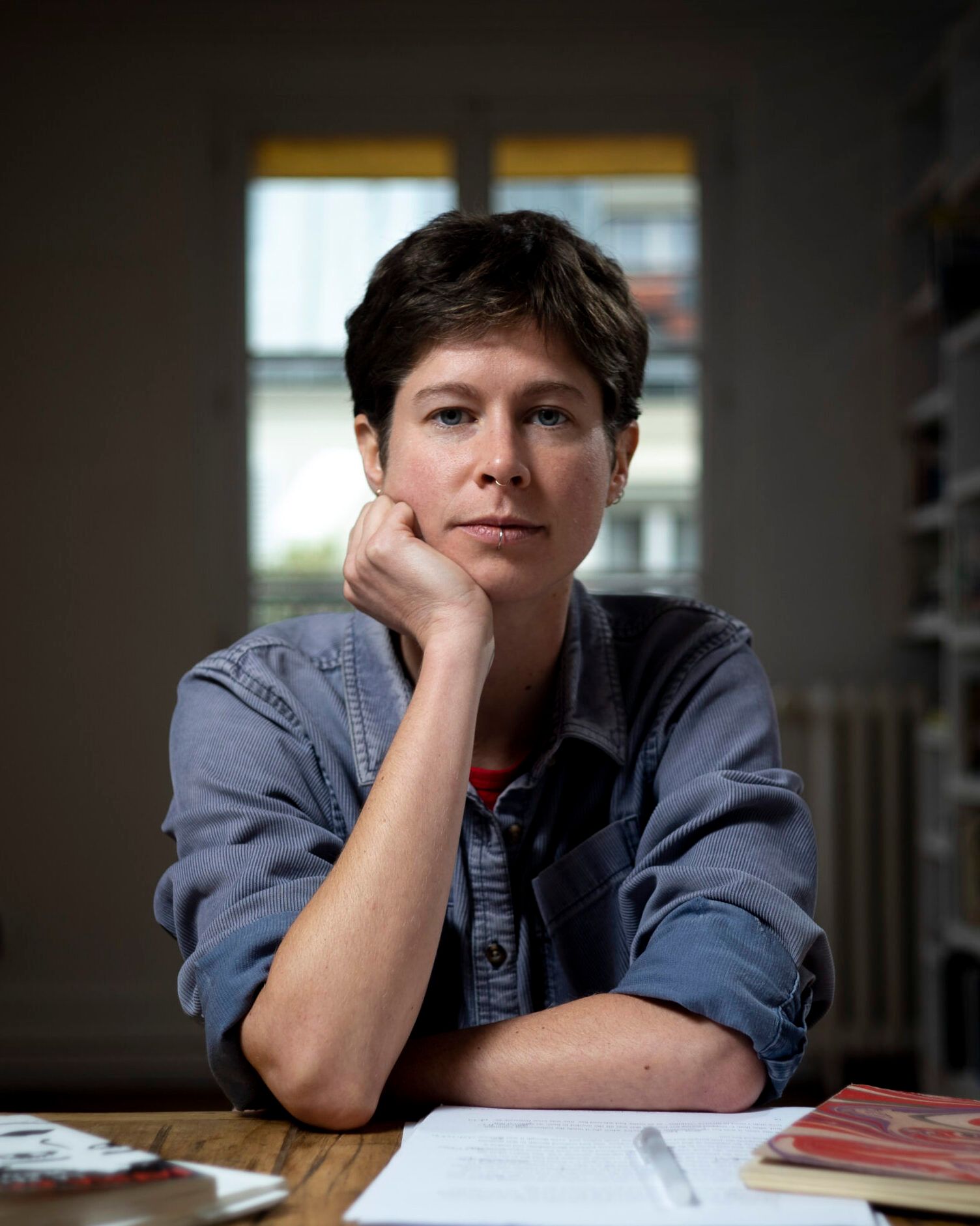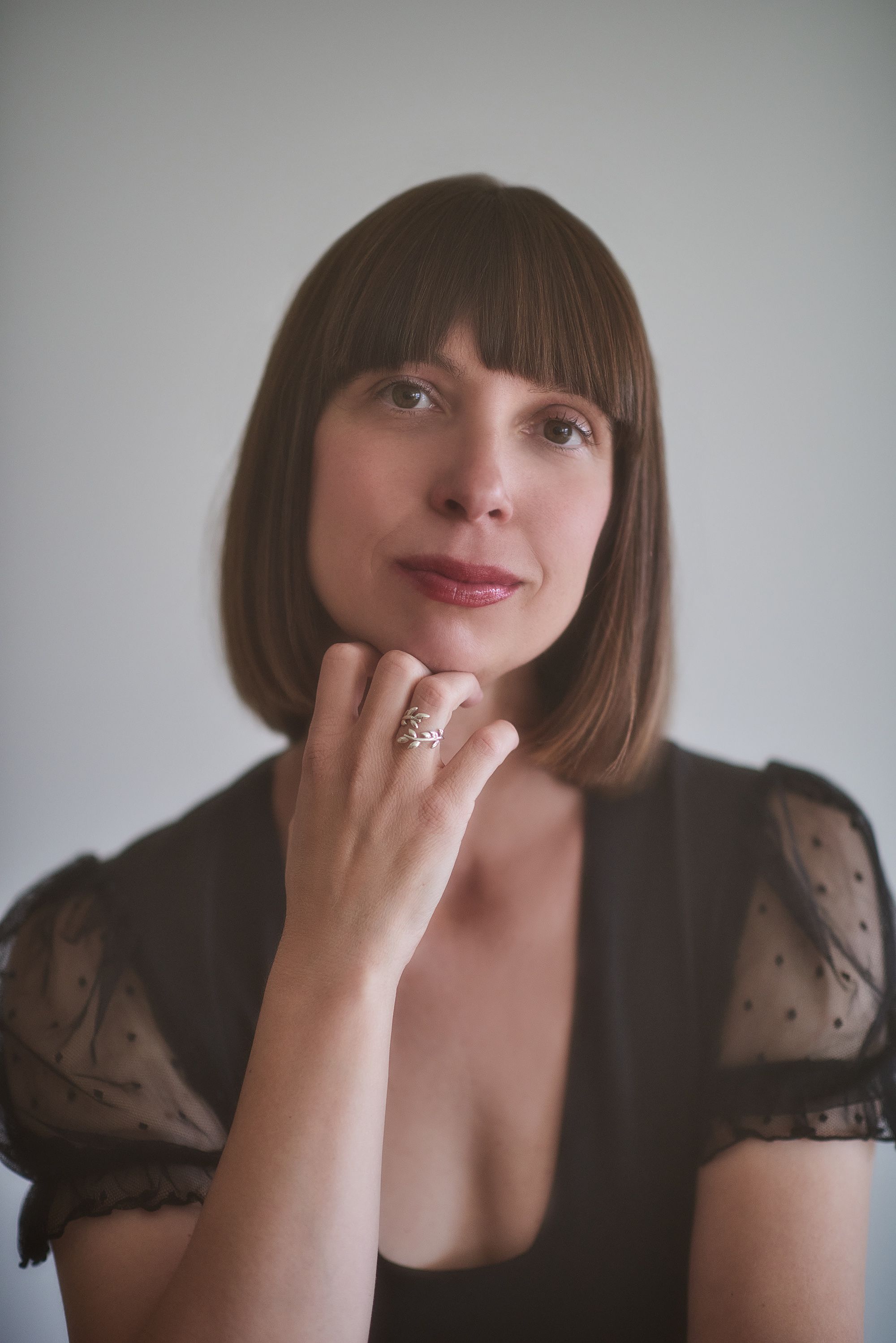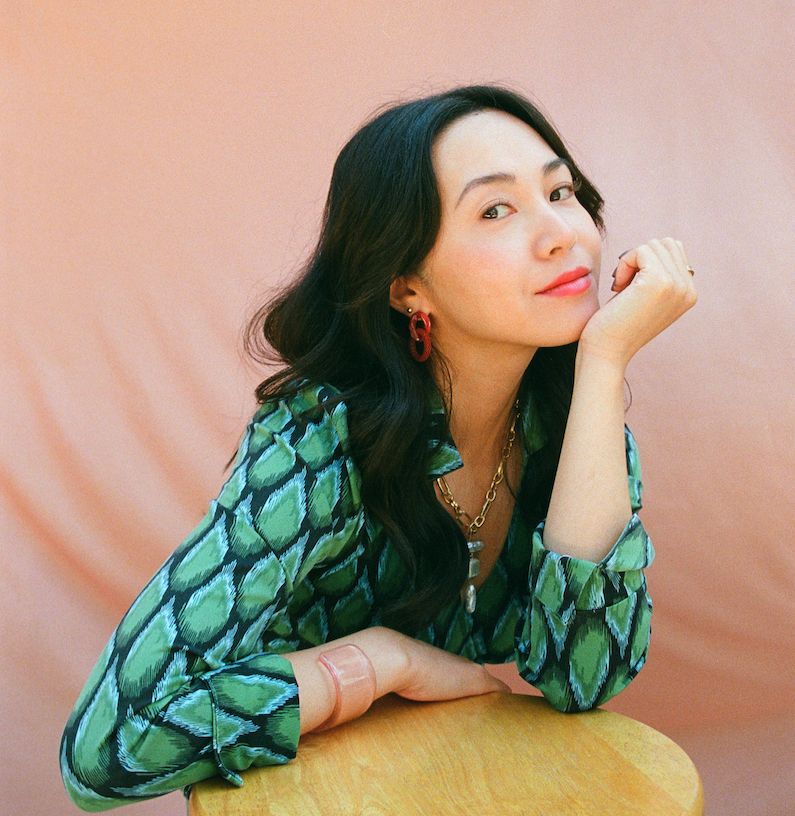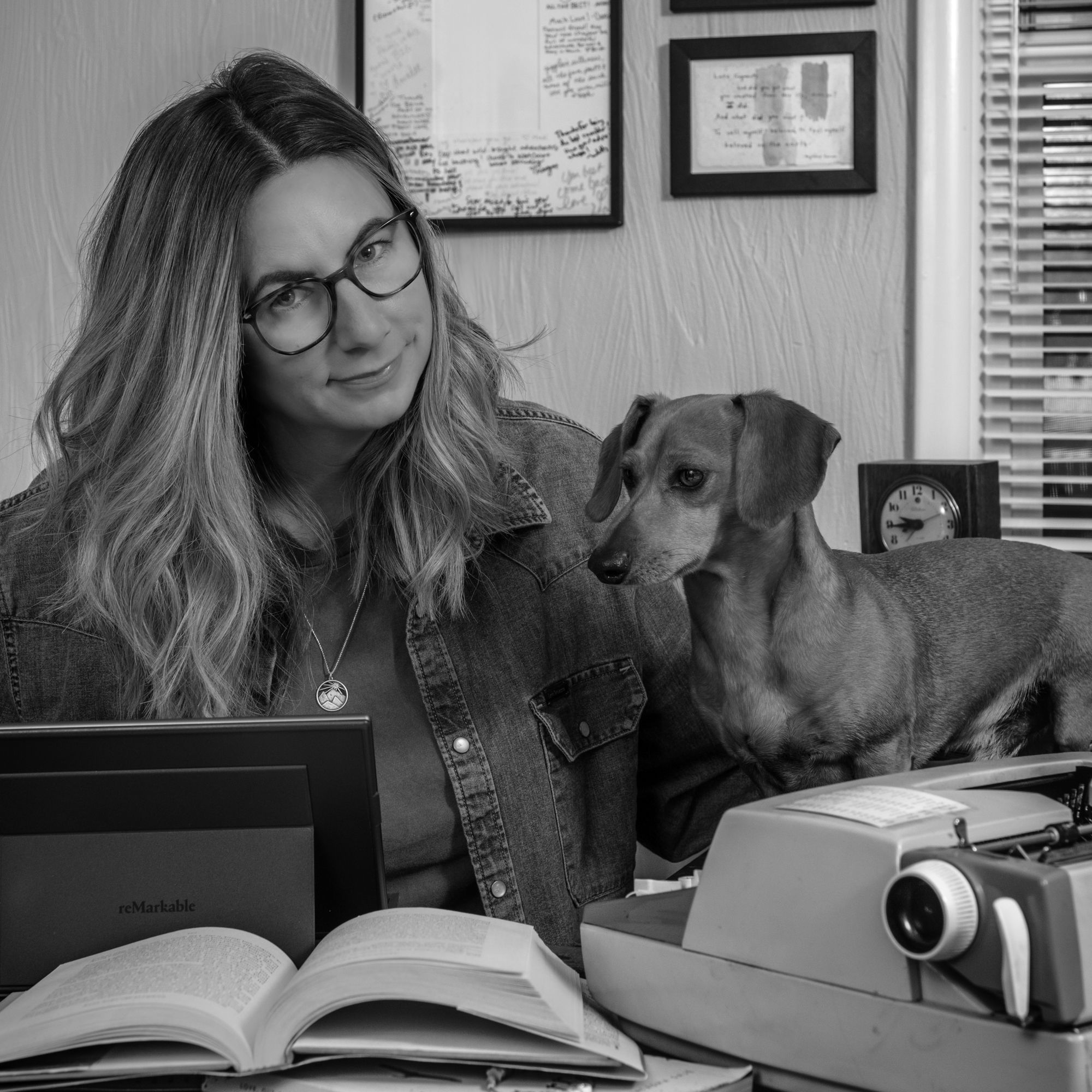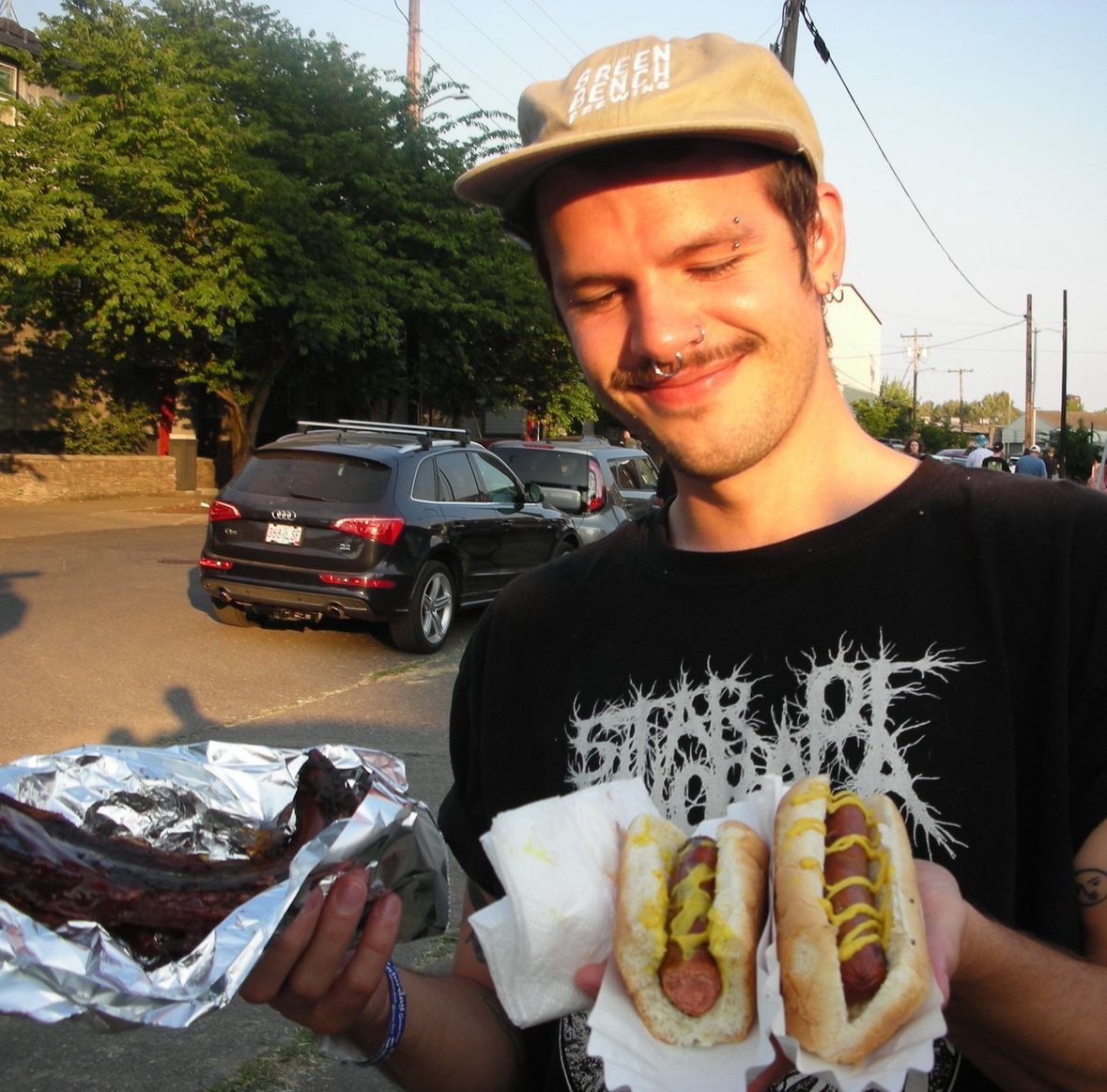Recently, I had the privilege of interviewing author Sarah Margaret Henry. Henry’s debut collection of poems intricacies are just cracks in the wall was published in June of 2019. You can read my review of the collection here. During our interview, I wanted to delve into how intricacies came to be and learn more about Henry’s experience with reading and writing in general and in relation to her debut poetry collection.
Noelle
Hi Sarah. It’s great to get to talk with you. Can you tell me a little bit about how intricacies are just cracks in the wall came to be?
Sarah
Intricacies are just cracks in the wall developed from a series of emotional, pivotal traumas that occurred in my young adult life. I chose to pursue this novel/poetry collection as the focus of my honors capstone project in my final year at college. The project included the finished draft of intricacies, a film adaptation, and a presentation about the process behind the finished project. I published the book after my graduation in June. The emphasis of the project came from my desire to write a character that experiences, survives, and thrives after relational abuse. I wanted people who read the book to either feel less alone, as they found a character who experienced what they experienced, or learn about abusive relationships in an emotional capacity, rather than just through statistics.
Noelle
I can imagine it must be a bit of a slippery slope when working on such a vulnerable project. What was the most difficult part for you about writing Intricacies and bringing it to life so that other people could read it?
Sarah
When you’re writing such an emotional, trauma-heavy book, you’re going to unearth some unresolved feelings about what you’ve experienced. There were nights where the time I spent on the book was sitting, huddled in a blanket, on the couch while my fiancé and friends held me. While writing is a cathartic experience for me, some of the memories that fueled the poems were extremely difficult to revisit. Writing this book wasn’t made as a means to process my experiences, I certainly had to confront a number of demons in order to get that pen to the page. Once it’s out in the world, you have to deal with the fact that your mom can read about the horrible things you’ve experienced. Cassidy is not based on me, but we do share some experiences. When you write about such sensitive topics, especially in light of the #MeToo movement, you’re going to confront people who try to invalidate the importance of writing about these feminist topics. You worry that someone will miss the point, and wonder “what the big deal was” in regards to what Cassidy goes through. You have to be confident in the experiences of your character and stand up for her.
Noelle
After you came up with intricacies as an idea and managed to get some poems down onto the paper, where did you go from there? Did you like to revise on your own or did you get other people to help with the revision process?
Sarah
Before I started officially working on the project with a professor during the capstone, I had what I thought was an almost-completed draft. As I was reviewing the manuscript in August, I realized that it wasn’t anything near what I was looking to create, so I pitched the paper manuscript in the trash and completely started over. The only thing I saved was the seven-word poem that ultimately became the title. I think it’s important to understand that the original manuscript wasn’t a waste of time. I needed to write that collection of poems before I was able to write what ultimately became the book. Writing for me is like a faucet; everything I will write is stuck in a well. Every time I write, either water or gunk is going to come out. But I have to get the gunk out before I get to fresh water.
Noelle
I find it interesting how much of the writing process is actually re-writing and re-writing before you actually have a final draft. That being said, how much time do you think you spent on intricacies and how would you section those hours into categories?
Sarah
The first semester I worked on the project, I ended with probably 75% of the rough draft. Those poems came from hours of research from a stack of about 10 books. I read everything from Emily Dickinson and Marilyn Nelson to learn more about formal poetry by badass women, to A$$holes: A Theory by Aaron James so I could understand the psychology and philosophy of what drives egotistical, selfish people, and Falling Into the Fire: A Psychiatrist’s Encounters With the Mind in Crisis by Christine Montross to understand mental illness from a clinical, yet compassionate, perspective. These works shaped the draft and final product in ways I still can’t articulate. The next semester, I spent a considerable time turning the book into a screenplay and producing the film adaptation. When my life wasn’t completely consumed by that process, I finished the draft, and edited like a madwoman. Sometimes I was tweaking the number of syllables, and sometimes my fiancé had to hold me back from throwing the whole thing in the garbage again. The crown of sonnets based on Panic! At the Disco lyrics in Part II took years off of my life, but ultimately I regained that life through the absolute pride I got from tackling such a literary feat that was so foreign to me. My professor gave notes periodically, but the primary way she helped was letting me read the pieces aloud and letting me talk to myself and fix them while I sat next to her. She was an excellent sounding board, and she also was a source of inspiration and a rock that reminded me to keep taking care of myself, because writers are, for better or worse, bound by corporeal forms. Once the words were all written and put in an order I liked, I worked with an artist who designed the cover and took my sketches and turned them into beautiful illustrations. I then did all the graphic design and formatting; the book is actually quite beautiful from an aesthetic perspective. This part took an awful lot of work. It was a surreal process to open a package and hold a physical copy of the book that, up until that point, was only an InDesign document and PDF.
Noelle
Moving onto some more broad questions. intricacies can be an emotional read depending on your background and headspace. Going off of that, what is the first book that made you cry (happy or sad tears) and why do you think you were moved to tears?
Sarah
Oh, goodness. I don’t know what the first book was that pulled tears from my eyes, but The Time Traveler’s Wife will ALWAYS make me cry. Whether it’s the beauty of Clare and Henry’s relationship, the immovability of fate, the forces that work against them, the cruelty of the human condition, or the gut-wrenching end, this book will always cause me to waste some tissues no matter how many times I read it. I’m a very emotional person, so I will frequently cry during almost any form of media. Pixar’s Coco messed me up for a good forty-five minutes after the credits rolled.
Noelle
What is your writing community like? Do you interact with other writers or authors?
Sarah
I have a very tight-knit group of three other writers that I consistently bounce ideas off of. We have a group chat called “The Amatory Surrealists” and they’re my absolute favorite people. They’re extremely supportive and insanely intelligent and I love them dearly. The one guy I go to for horror and twisted pieces, the one woman I go to for pep talks, and the other one is a super helpful person to share poems with and have as an accountability coach. The best part is that we’re really good friends; I’m just as likely to ask them about the merits of a sonnet vs. a terzarima for my latest poem about Medusa as I am to send pictures of my dog. We all graduated from the same college within a few years of each other and from all the different classes and peer review groups we’ve been in together, we deeply know each other as both people and writers. We know each other’s weaknesses and strengths, and we know just what to say when someone’s feeling down or hitting the dreaded creative block on their latest piece. I highly recommend forging deep relationships with people in your writing classes that you can take beyond graduation.
Noelle
Being a part of a community is so important. Are there any authors, writers, artists, or friends who are doing cool work that you want to give a shoutout to right now?
Sarah
I have so many talented friends! If you love art, you could check out Caitlyn Fong (caitlynfong.com), Erin Harcus (https://www.facebook.com/elysienn), and Elliot Harkey (https://www.instagram.com/elliot.arylide.art/). My friend Maggie Shive is also an excellent writer, and you could check out her blog (https://mmusingsblog.com/)! #supportstarvingartists
Noelle
Thank you so much for your time and your thoughtful answers. I’ve got one more question for you. intricacies was such a compelling read, what are you working on now?
Sarah
Right now, I’ve got a couple writing projects I’m balancing, but the one I’m working on the most often is my next poetry anthology, which takes women from myth, literary canon, and even romanticized history and giving them as detailed a backstory as their male counterparts. The men in our stories always have agency, complexity, and depth, while women are used as plot points and are merely ghosts of a fully-fledged character. My biggest inspiration for this piece is the myth of Medusa. Not many know that she’s actually a feminist icon; she became a gorgon after she was raped by Poseidon in the virgin temple of Athena. In my interpretation, she was not punished by Athena for defiling her temple, but given an armor so she could never be hurt by mortal men again. She is such a fascinating character to interpret through the lens of her cultural context and the hierarchy of the Greek gods. Unfortunately, she is merely relegated to the role of “monster” as a way for Hercules to exercise his strength. A few of my favorite poems include Lot’s wife, the woman with the dead baby under the ruling of King Solomon, Frankenstein’s unfinished monster, La Llorona, Hester Prynne, Sally Hemmings, and Eve. It’s an extremely research-heavy piece, so it’s taking me a while to work on, but I think once it’s finished, it will be something really special. As for a non-writing project, I opened up an Etsy shop in May and it’s been an absolute treasure to invest in my own artistic talents. If you want to see some really cool art, you can go to StillPoetryPhotos.Etsy.com to check it out!
Noelle
That poetry anthology sounds spectacular. I look forward to it! Also, your Etsy shop is delightful; I especially love the stickers. Once again, thank you so much for taking the time to talk with me, and thank you even more for writing intricacies are just cracks in the wall.



